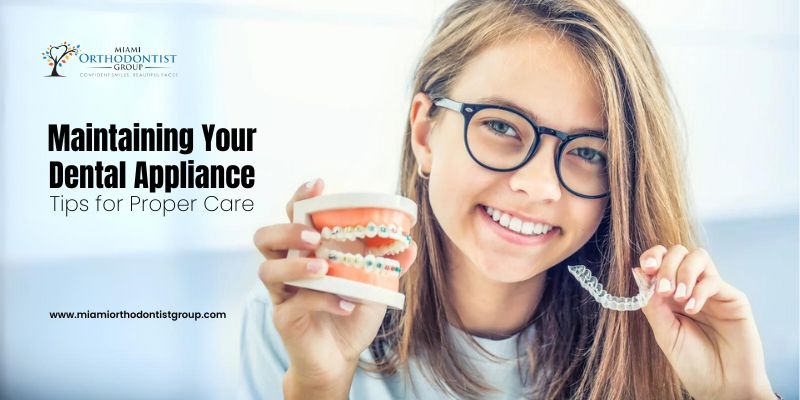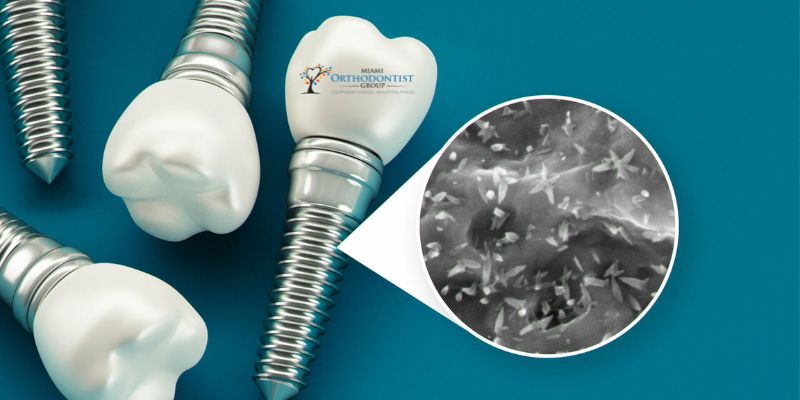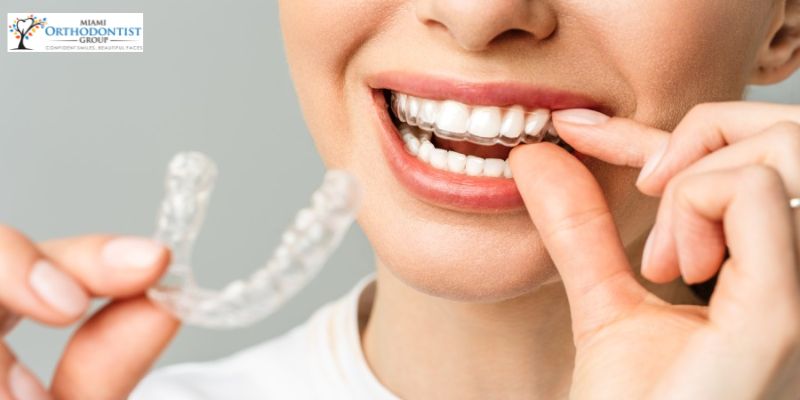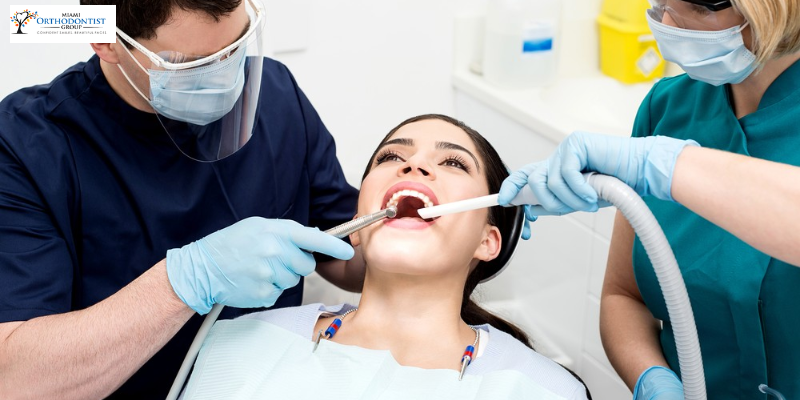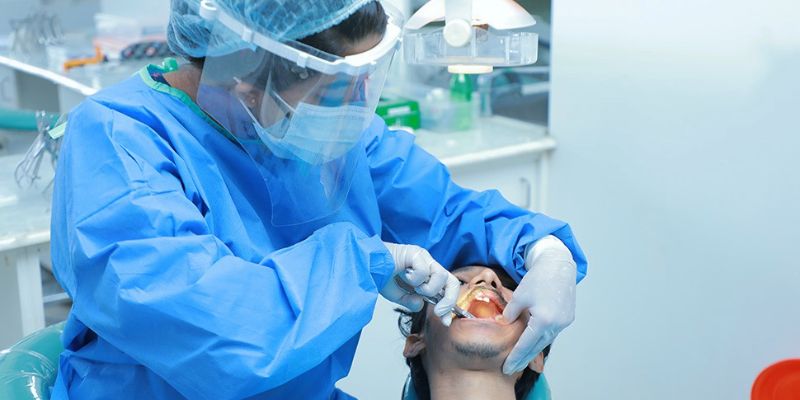Dental appliances, whether braces, Invisalign, or orthodontic appliances, play a crucial role in orthodontic treatment.
Maintaining optimal oral health goes beyond regular brushing and flossing. Dental appliances play a crucial role in supporting and enhancing oral hygiene, contributing significantly to the overall well-being of an individual. These specialized devices are designed to address various dental issues, from alignment problems to teeth grinding, and they offer a range of benefits beyond …
Continue reading "The Importance of Dental Appliances for Oral Health Maintenance"
A radiant smile can be a powerful asset, not just for aesthetic reasons but also for overall health and well-being. Dentofacial treatment, a specialized field that integrates dental and facial aesthetics, is crucial in enhancing oral health and one’s overall appearance. In this article, we will explore the significance of dentofacial treatment in achieving a …
Dental implants have revolutionized modern dentistry, offering a permanent and natural-looking solution for replacing missing teeth. Dental implants can provide an excellent alternative to bridges or dentures, whether you have lost a tooth due to decay, injury, or other dental issues. However, before diving into the dental implant procedure, there are several crucial factors you …
Continue reading "What Things Should You Consider Before Getting Dental Implants?"
Nanotechnology is a field of science that studies particles at the nanometer scale. Nanoparticles are tiny, measuring less than 100 nm in size. Over the past few decades, researchers have made significant progress in developing nanotechnology and its application in various fields, including medicine and dentistry. Dentistry, like any other field of medicine, has significantly …
Continue reading "Nanotechnology: An Emerging Trend in Dentistry"
A smile is one of the most important aspects of our appearance. It is often the first thing people notice about us, which can significantly impact our confidence and self-esteem.
From childhood, you would have been familiar with the standard order of brushing your teeth twice daily, visiting the dentist for an oral checkup, and practicing daily flossing.
If you or your child require dentofacial treatment, you may feel concerned about what it entails.
Recall the times when practically everyone you knew had braces on their teeth when you were a teenager. It's not too late if you didn't wear them when you were younger.
Correcting jaw problems is the focus of the specialized field of dentistry known as dentofacial orthopedics.


